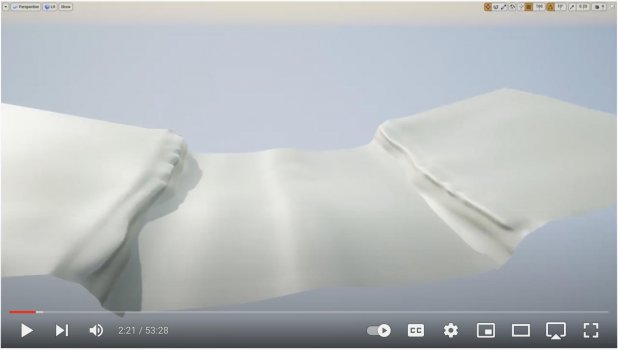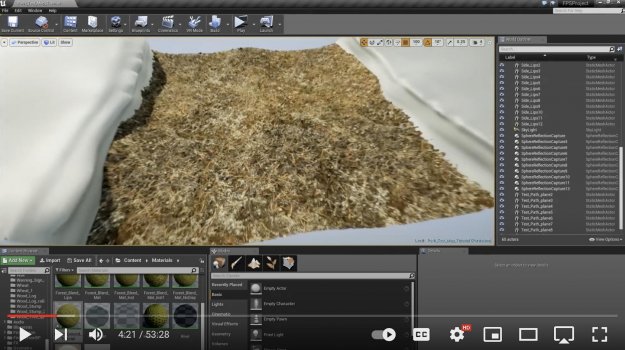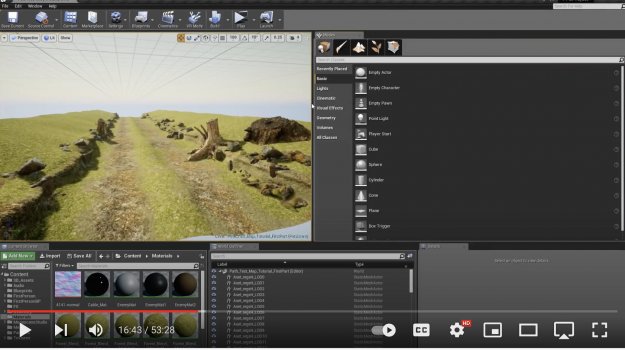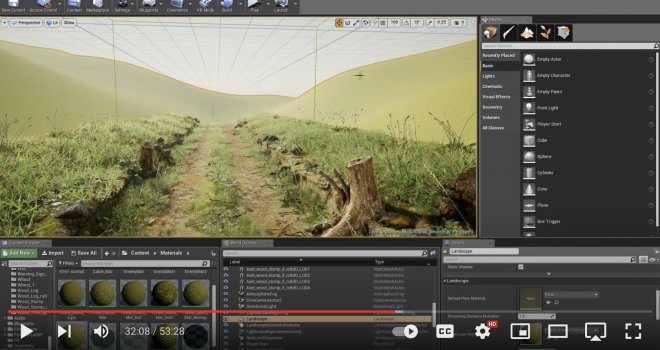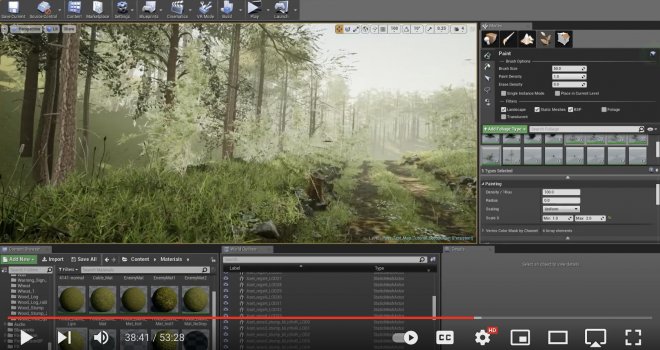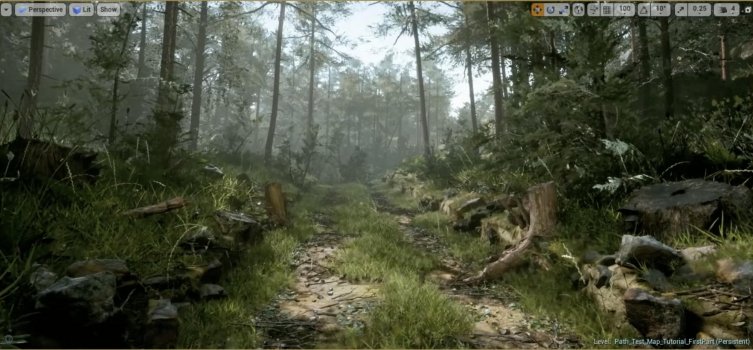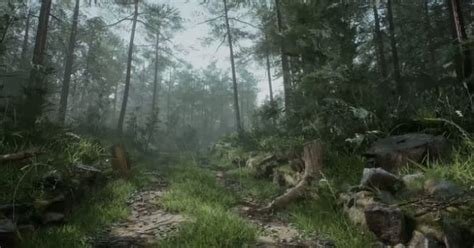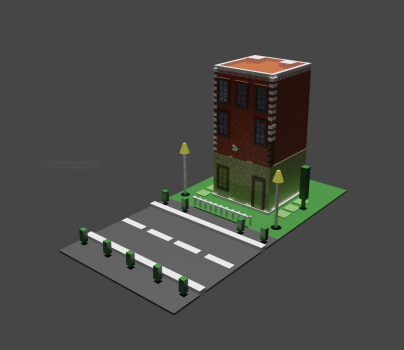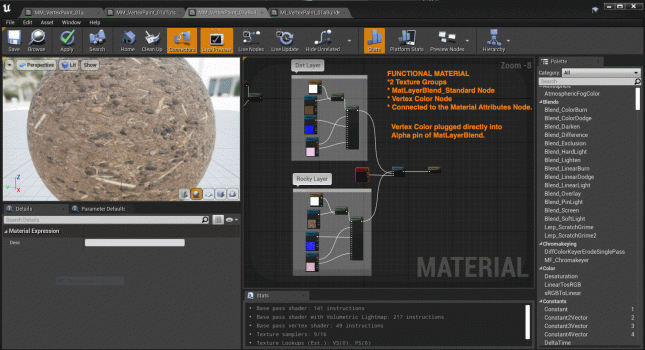Regarding creating Textures from scratch, Quixel Mixer looks like it's designed to create new textures by blending other existing textures. I did not get that far into the tutorial manual before it became evident this is what mixing is. But I was hoping that it would also have the ability to create texture maps from scratch starting with an image, and then generating specific maps like base color, normal, roughness, etc. But instead of continuing this at this point, I posted a question over at Epic.
My impression now is that if you want to create textures from scratch you'd do it in Photoshop or Affinity, possibly Mixer and put it together there. But I don’t have to learn this right now.

So I thought I was going to have to jump into channel packing to get textures I wanted that were compatible with an excellent landscape material I purchased. At my stage of development it was worth the $15 I spent (at the Epic Marketplace). I’ve been doing tutorials learning Material design and there seems to be many ways to skin that cat.
Each texture characteristic, approx 5 of them, The author of this material used channel packing and devoted one texture sample to placing 3 texture maps- roughness, displacement (height), and ambient occlusion into it. These maps are each represented by a gray scale image, so in the name of saving memory, 3 of these can be put in one image on the RGB channels, one per channel. Apparantly it is now the standard.
Material = code in GUI format that relies on nodes, each with a purpose, strung together that creates a finished textures. The thing is texture maps tend to plug into the material in a certain manner, and you don’t want to be adding more texture samples from a project overhead perspective, so there might be a need to learn how to channel pack if you have a texture from another source that did not rely on channel packing And you don’t want to add more bulk to the material by way of more texture samples.
One question I need clarification on, is does the complication/bulk of the material add bloat to the finished project, or is it just the textures applied to the surfaces in a scene that impact how well it runs?
Anyway for the landscape material I purchased, I like the included textures, but needed/wanted different textures for the project I am working on. The author labeled his channel packed texture RHAO- roughness, height, ambient occlusion, so I was exploring tutorials on channel packing thinking this is what I’d have to do when importing a new texture, to conviently use this landscape material.
But then when I went to Megascans to download some textures, I almost panicked when I discovered they had adopted a new format that includes channel packing as a standard. Now, don’t ask me why I panicked, channel packed materials is what I needed. It was just something new in the avalanche of new info to digest.

During downloads, I was no longer getting the Roughness, Ambient Occlusion or Height (displacement) maps I expected. The new texture is called ORD. Apparantly this is the channel packed texture standard they have adopted. It is slightly jumbled as to which quality occupies which channel, for example the R Channel always was roughness, but no longer the case and once I found some documentation, it was easy to adjust the landscape material and plug this texture in properly to the associated nodes. So what this means is I don’t have to learn how to channel pack, at least not now.



 www.unrealengine.com
www.unrealengine.com



